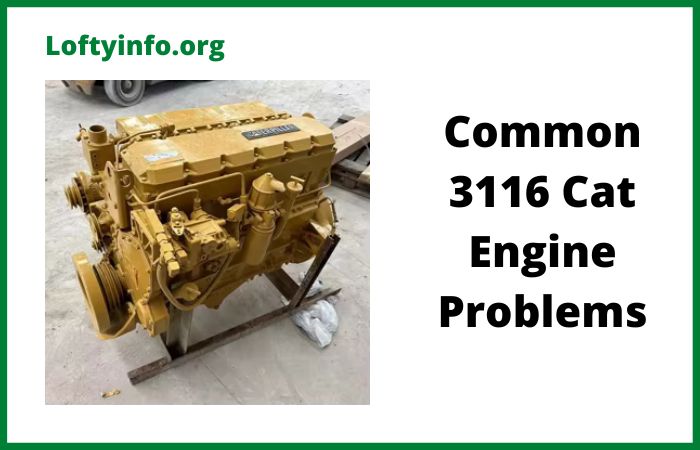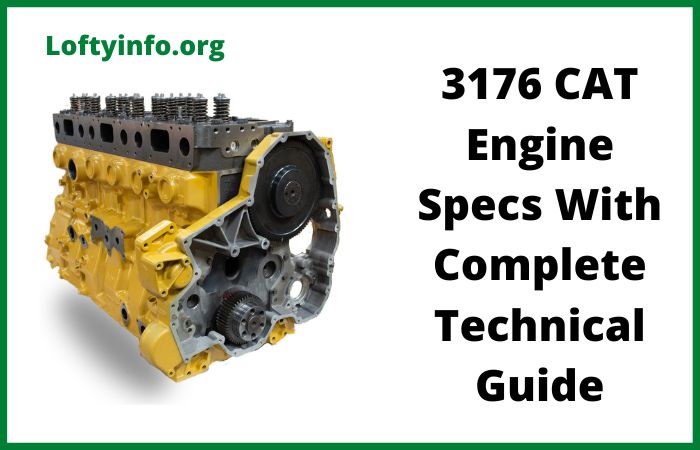Complete 146 John Deere Loader Specs
Finding the right front end loader for your utility tractor requires understanding precise specifications that match your operational needs.
The John Deere 146 loader stands out as a robust attachment specifically engineered for four-cylinder utility tractors and delivers impressive lifting capacity combined with versatile bucket options.
Whether you are moving materials on your farm or handling construction debris this loader provides the performance metrics that matter most to equipment operators who demand reliability and efficiency from their machinery.
146 John Deere Loader Specs
1) Tractor Compatibility and Mounting Requirements
The John Deere 146 loader is compatible with John Deere 2350, 2550, 2750 tractors and was engineered specifically for utility tractor applications.
The 146 loader was designed for 4 cylinder utility tractors (2020, 2030, 2440, 2630 etc) with straight front axles.
This design consideration ensures optimal weight distribution and structural integrity when mounted on these specific tractor models.
The loader utilizes mid-mount attachment points that connect securely to the tractor frame through specially designed brackets and mounting hardware.
Installation requires precise alignment of mounting brackets to ensure proper loader geometry and safe operation.
The mounting system distributes the load forces evenly across the tractor’s frame reducing stress concentrations that could lead to structural fatigue over extended use.
Operators should verify their specific tractor model compatibility before purchasing used loaders as mounting bracket configurations vary between different tractor series.
The 146 differs from its rowcrop counterpart in fundamental design philosophy prioritizing the straight front axle configuration common to utility tractors rather than the swept-back axles found on rowcrop models.
2) Lifting Capacity and Height Performance
The front end loader has a lift capacity (at pin) of 2282 lbs (1035 kg) to a maximum height of 119 inches (3020 mm).
This lifting capacity measurement taken at the bucket pivot pin represents the maximum safe load the loader can raise to full height under standard operating conditions.
The 119-inch maximum lift height provides sufficient clearance for dumping materials into standard pickup trucks and medium-height dump trailers making the 146 suitable for a wide range of agricultural and light construction applications.
Understanding lift capacity ratings helps operators avoid overloading which can compromise safety and damage hydraulic components.
The capacity decreases as the load moves further from the pivot point so materials positioned at the outer edge of the bucket effectively reduce the safe working load.
Operators should maintain loads within rated capacity and avoid sudden jerking movements that create dynamic forces exceeding static load ratings.
The loader’s geometry optimizes lifting force throughout the vertical travel range ensuring consistent performance from ground level to maximum height.
Real-world capacity also depends on tractor ballast and tire inflation as insufficient rear weight can cause the tractor to tip forward when lifting heavy loads to maximum height.
3) Breakout Force and Bucket Control
The boom breakout force of 3404 lbs (1544 kg) represents the maximum force the bucket cylinders can exert when curling the bucket toward the tractor.
This specification directly impacts the loader’s ability to penetrate hard-packed materials and break through compacted soil or gravel piles.
Breakout force determines how effectively the loader can fill buckets in challenging digging conditions without requiring multiple passes.
The front end loader has double acting lift and bucket hydraulic cylinders which provide positive control in both extension and retraction cycles.
Double-acting cylinders offer superior bucket control compared to single-acting designs allowing operators to precisely position materials and achieve smooth dumping action.
The hydraulic system requires adequate flow and pressure from the tractor’s hydraulic pump to achieve rated performance specifications.
Insufficient hydraulic capacity results in slow cycle times and reduced breakout force limiting productivity.
Regular maintenance of hydraulic fluid quality and proper adjustment of system pressure ensures the loader operates at peak efficiency.
Operators benefit from the responsive bucket control when performing delicate tasks like leveling gravel or positioning materials near structures where precision matters as much as raw lifting power.
4) Dump Clearance and Operational Angles
The bucket dump clearance is 93 inches (2360 mm) at a maximum dump angle of 40 degrees.
Dump clearance measures the height from ground level to the cutting edge of the bucket when raised to full height and rotated to maximum dump angle.
This critical dimension determines whether the loader can clear the sides of trucks trailers and other equipment during material transfer operations.
The 93-inch dump clearance accommodates most standard pickup truck beds and agricultural trailers used on farms and ranches.
The 40-degree maximum dump angle ensures complete material discharge from the bucket preventing material hangup that reduces productivity and requires manual intervention.
Insufficient dump angle causes sticky materials like wet clay or snow to remain in the bucket requiring the operator to shake the bucket or manually remove residue.
The bucket’s rollback angle at ground level affects how aggressively the loader can dig into material piles with steeper rollback angles providing better penetration in hard materials.
Proper bucket positioning throughout the operational cycle minimizes spillage and maximizes load retention during transport across uneven terrain.
Understanding these angular specifications helps operators develop efficient loading techniques that maximize cycle time and reduce fatigue during extended work sessions.
5) Bucket Options and Capacities
The John Deere 146 loader is equipped with the following buckets: 61″ (1550 mm) and 72″ (1800 mm) standard material buckets with heaped capacities of 10.6 cu.ft (0.30 m3) and 17.4 cu.ft (0.50 m3) or 85″ high volume bucket with a rated capacity of 23.5 cu.ft (0.67 m3).
The bucket selection significantly impacts the loader’s versatility and productivity for different material handling tasks.
The 61-inch standard bucket works well for dense materials like gravel or wet dirt where weight limits the practical load volume before reaching lifting capacity.
The 72-inch bucket provides a balance between capacity and maneuverability suitable for general farm work including feeding livestock moving compost and handling loose materials.
The 85-inch high volume bucket excels at moving lightweight bulky materials such as wood chips sawdust snow or loose hay where volume rather than weight determines the practical load size.
Bucket capacity ratings use heaped measurements which account for material piled above the bucket rim at a standard angle of repose.
Actual capacity varies depending on material characteristics with sticky materials carrying less volume than free-flowing materials.
Some operators maintain multiple buckets switching between them based on the specific task requirements to maximize efficiency.
Quick-attach systems simplify bucket changes though the 146 originally used pin-on bucket connections requiring manual pin removal and installation.
The bucket width should not exceed the tractor’s overall width for safe operation on public roads and when maneuvering through narrow gateways or between buildings.
6) Hydraulic System Requirements and Performance
The hydraulic system powering the 146 loader requires sufficient flow and pressure from the host tractor to achieve rated performance.
The double-acting cylinders demand continuous oil flow during lifting and lowering cycles with flow rate directly affecting cycle times.
Tractors with open-center hydraulic systems route fluid continuously through the control valve with flow diverted to the cylinders when the operator activates controls.
The loader valve typically mounts within easy reach of the operator’s seat using mechanical linkages or hydraulic pilot controls depending on the installation configuration.
Proper hydraulic fluid temperature management prevents performance degradation during extended use periods especially in hot weather when fluid viscosity drops and internal leakage increases.
Cold weather operation presents different challenges as thick hydraulic fluid creates sluggish response and increased pressure drops through valves and lines.
Hydraulic filtration quality directly impacts component longevity with contaminated fluid accelerating wear on cylinder seals valve spools and pump components.
Regular fluid sampling and filter replacement according to manufacturer recommendations prevents premature component failure.
Operators should inspect hydraulic hoses for abrasion damage weather cracking and loose fittings which can leak fluid and create safety hazards.
The hydraulic system’s response time affects operator productivity and fatigue levels with faster cycle times reducing the physical strain of repetitive loading operations throughout long workdays.
7) Weight Distribution and Ballast Considerations
Unit weight: 146 1250lbs which adds significant mass to the front of the tractor altering its balance and handling characteristics.
This weight transfers entirely to the front axle and tires affecting steering effort ground pressure and overall stability.
Proper rear ballast becomes essential when operating the 146 loader to prevent front-heavy weight distribution that could cause the rear tires to lift during maximum lift operations.
Ballast options include wheel weights rear-mounted implement weight and fluid-filled rear tires with each method offering different advantages for specific applications.
Insufficient ballast compromises safety by reducing rear tire traction and creating potential for forward tipping when lifting heavy loads.
Excessive ballast increases fuel consumption accelerates tire wear and compacts soil unnecessarily in field applications.
Finding the optimal ballast balance requires considering the typical load weights the operator handles most frequently.
Tractor manufacturers provide ballast recommendations in their operator manuals based on loader specifications and tractor model.
The loader’s weight also affects transport considerations when moving the tractor on trailers or public roads as it increases the total vehicle weight requiring appropriate towing capacity.
Removing the loader for extended periods when not needed reduces wear on the front axle and improves fuel efficiency for field work not requiring loader functionality.
Frequently Asked Questions
What tractors are compatible with the John Deere 146 loader?
The 146 loader fits John Deere utility tractors including the 2020, 2030, 2350, 2440, 2550, 2630 and 2750 models with straight front axles and four-cylinder engines.
How much weight can the 146 loader lift?
The loader has a rated lift capacity of 2282 pounds at the pin to a maximum height of 119 inches with a breakout force of 3404 pounds for material penetration.
What bucket sizes are available for the 146 loader?
Three bucket options include a 61-inch standard bucket with 10.6 cubic feet capacity, a 72-inch bucket with 17.4 cubic feet and an 85-inch high volume bucket with 23.5 cubic feet capacity.
What is the difference between the 146 and 148 loaders?
The 146 is designed for utility tractors with straight front axles while the 148 fits rowcrop tractors with similar capacity but different mounting configurations for swept-back front axles.
Top considerations when choosing the right battery size for your solar setup
Why you should not charge lithium iron phosphate battery with car alternator



